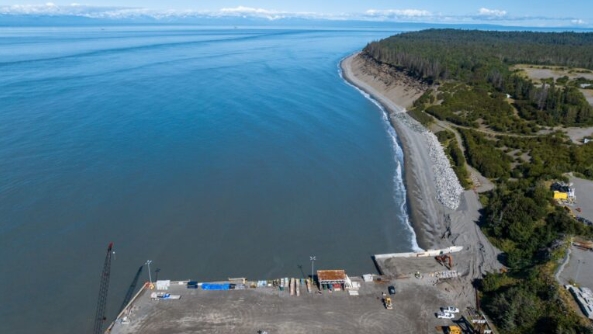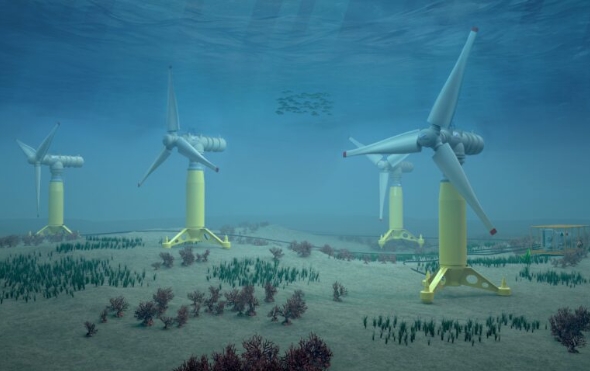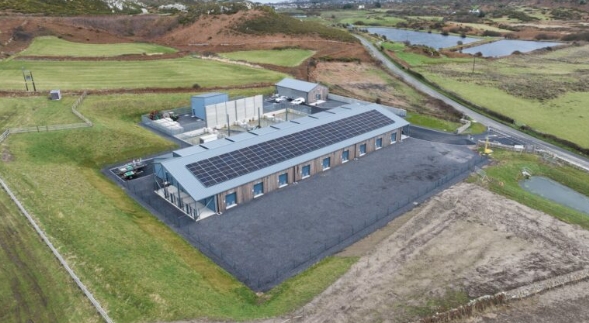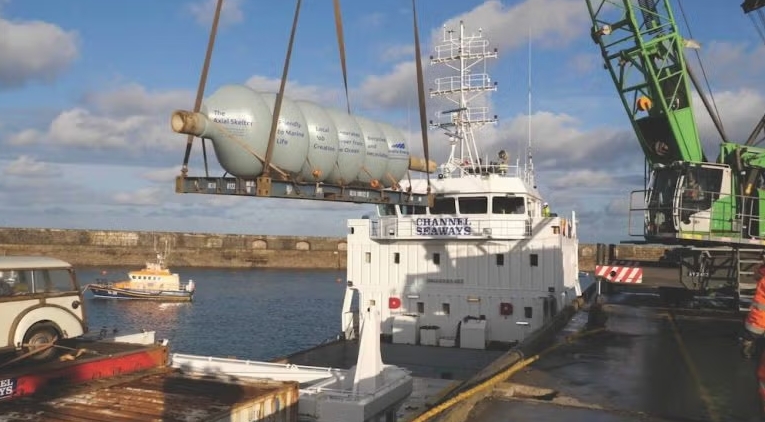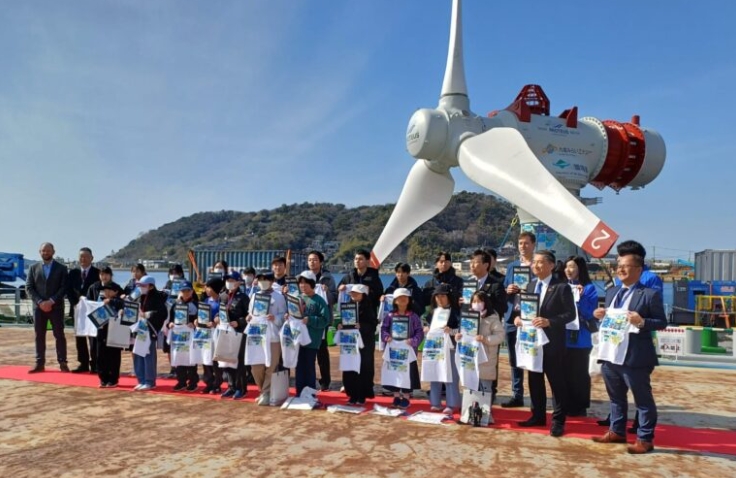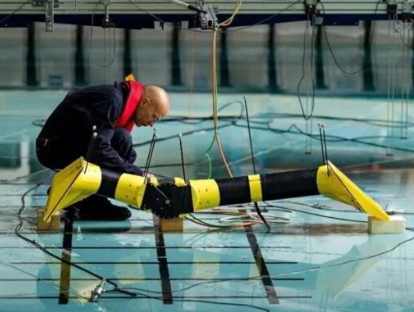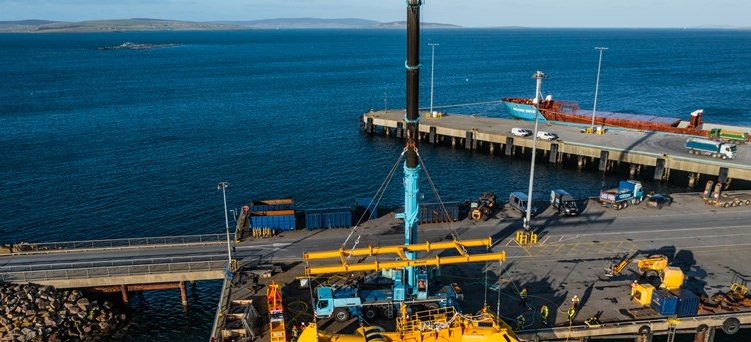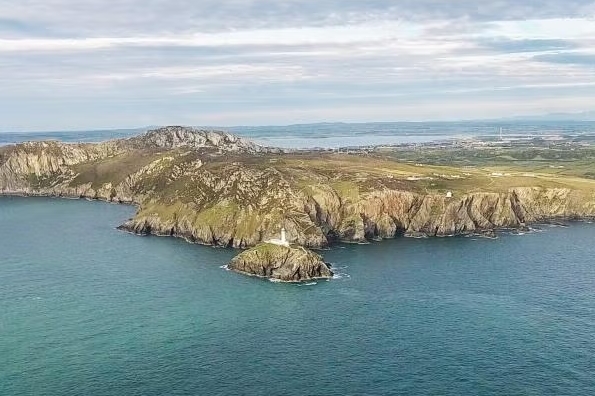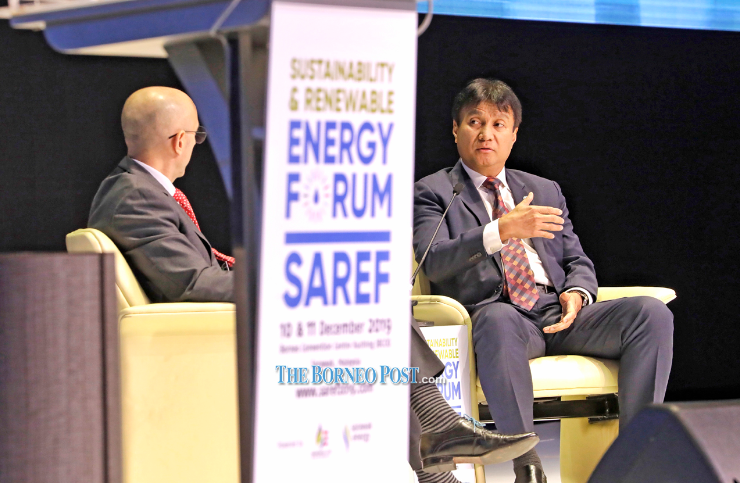 Sharbini (right) speaks to Nabili during the ‘CNBC Fireside Chat’ at Sustainability and Renewable Energy Forum here yesterday. — Photo by Chimon Upon
Sharbini (right) speaks to Nabili during the ‘CNBC Fireside Chat’ at Sustainability and Renewable Energy Forum here yesterday. — Photo by Chimon Upon
Large hydropower energy, he added, would allow the utility firm to offer the lowest unsubsidised tariff in the country, affording reliable and affordable energy to all parts of Sarawak.
“Our ambition is to be hydropower specialist and be a top green company in the region, which explains why we want to focus on renewable energy,” he said during a ‘CNBC Fireside Chat’ at the Sustainability and Renewable Energy Forum here yesterday.
He stressed that the state’s push toward hydropower energy has the backing of the state government to take advantage of the abundant water resources available, while attracting energy intensive industries to grow the state’s economy.
“I think there is big role for hydropower to play in the renewable energy scene and it is here to stay rather than go away,” he said at Borneo Convention Centre Kuching (BCCK) here.
Sharbini told the CNBC Catalyst speaker Teymoor Nabili – who is also an international journalist and broadcaster – that the company is continuing to learn the latest practices and technologies on sustainable renewable energy and organising the Sustainable and Renewable Energy Forum is a good way to start ahead.
While adhering to the industry’s best practises in terms of hydropower, he said the state’s hydropower technology is able to convert over 90 per cent of energy contained in water into electricity and distribute it to customers.
“We have put a lot of efforts into renewable energy in our generation mix, as of today 75 percent of generation mix is hydropower and we are investing in other alternative renewable energy like solar.
“We want to share with the whole world and as the world talks about renewable energy, hydropower needs to be big part of that conversation.”
Sharbini shared that gas power plant might be very efficiently operated in the future, given the potential of greater innovations and gas reserve discoveries in other places in the world.
As for micro-hydro dam, Sharbini felt the cost of production of energy is still higher compared with large hydropower plant and a combination of both micro and large hydropower plant is preferable to serve the energy needs of the state.
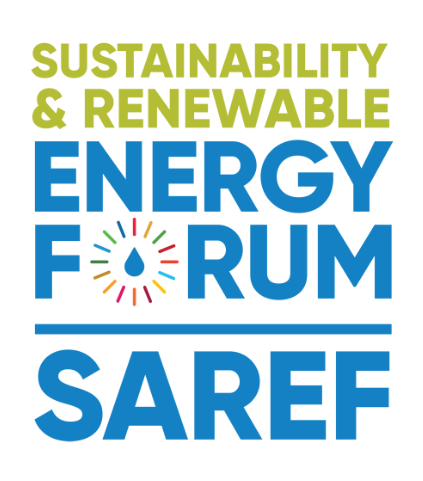
On the digital economy front, Sharbini pointed out digitalisation will create efficiency in their internal process and a digital blueprint has been developed by the company that covers energy generation, transmission and retail.
“The challenge for us is that there are so many technologies in the market. I have consultants coming to see me almost every week, selling their technologies but it’s important to determine which technologies fit into our operations well.”
He said Sarawak Energy is evaluating micro-grid and making sure such endeavour is worth pursuing, in terms of economics and efficiency, as the company seeks to keep up with latest developments in the sustainable renewable industry.
Furthermore, Sharbini pointed out that the state-owned utility company is held in high expectation by the public, especially when the world is interconnected and people are well-informed on environmental issues.
Lastly, Sharbini said he will fully support the federal government’s direction towards solar energy to increase the proportion of renewable energy in the country’s generation mix, but he will ensure hydropower can play its role in this direction.
He said Sarawak Energy was already looking at installing solar panels on houses by working closely with Tenaga Nasional and the plan to have floating solar at Batang Ai hydropower plant was on track to be executed by 2021.
“The floating solar will produce about 30 to 50 megawatts and it will be connected to the grid. It’s just a solar power on the water and in China, they are producing 150 megawatts or 100 megawatts (through floating solar). (So) we are doing 30 to 50 megawatts which is not too big,” he told the media after the closing ceremony.
Sharbini said the feasibility study on the floating solar has already been carried out and the next step is to execute it.
Moreover, he said a combination of floating solar and hydropower energies are a good combination to produce electricity to meet the needs of the people.
“During daytime, you utilise floating solar power and you conserve the water below (at hydropower plant).
“And at night time, since there is no sunlight, you can use the hydropower to generate power. So, the hydro is like a battery actually,” said Shabini.
He said Sarawak Energy is looking to have about four to five per cent of its generation mix from solar energy while the rest predominantly from hydropower, followed by coal and gas energy.
Sharbini said he was pleased that Sustainable Energy Development Authority (Seda) Malaysia chief executive officer Ir Dr Sanjayan Velautham would look into their request of classifying hydropower plant with over 100 megawatts energy production as renewable energy, since currently it is not classified as so.
